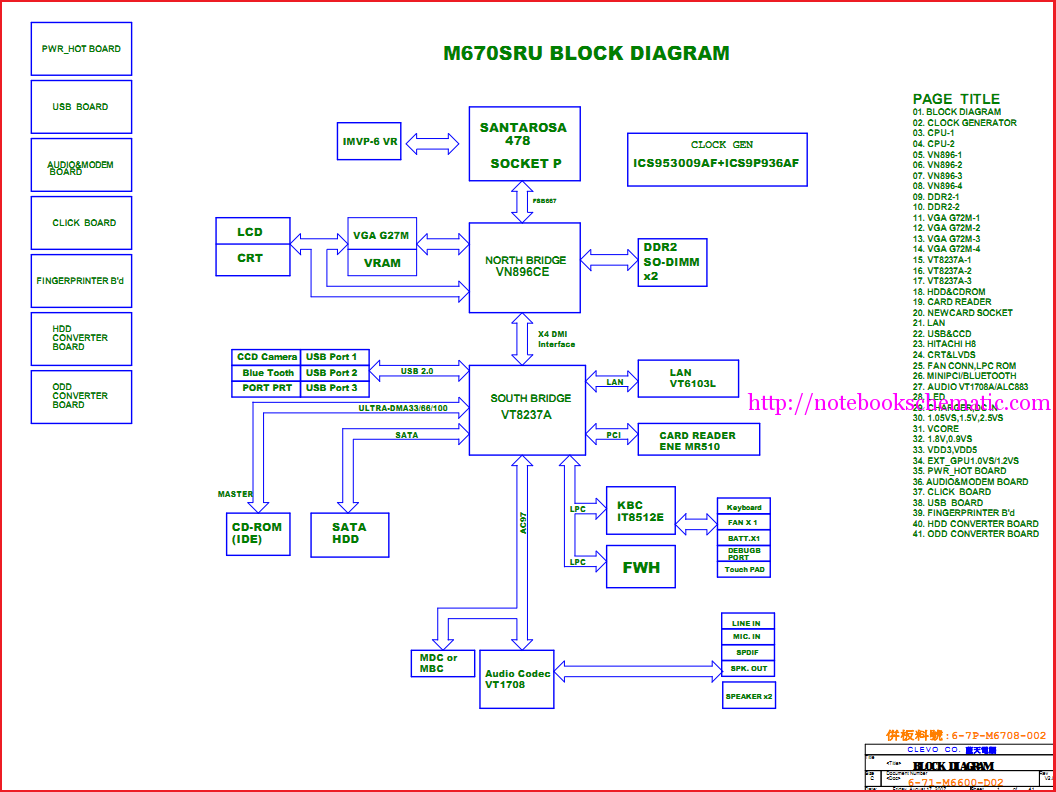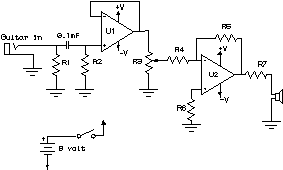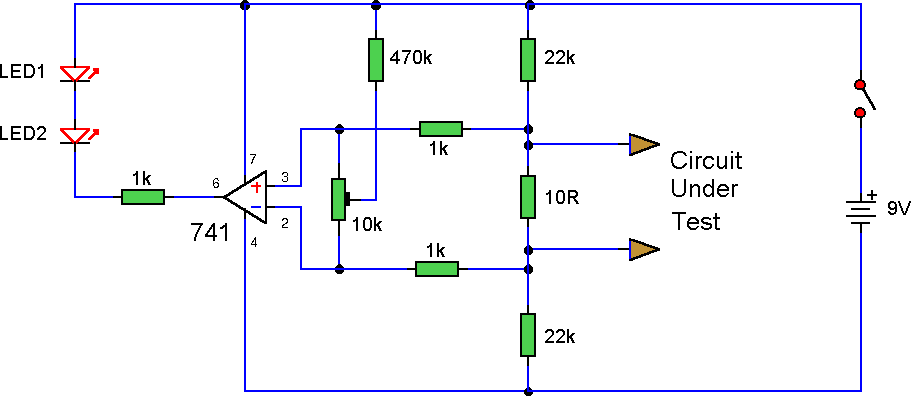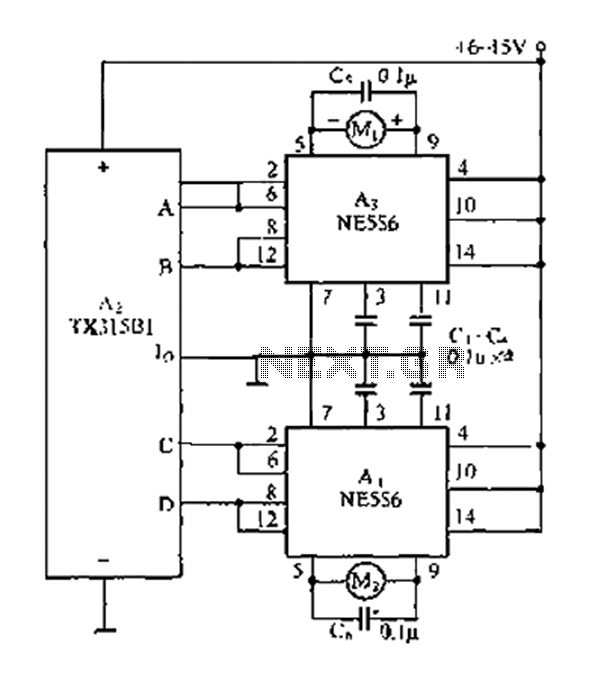
Laptop Notebook Schematic

Laptop schematic circuit diagram for laptop repair and laptop BIOS password removal.
The laptop schematic circuit diagram serves as a critical resource for technicians involved in laptop repair. This diagram provides a comprehensive representation of the electronic components and their interconnections within the laptop. It typically includes details such as power supply lines, data buses, and signal pathways, which are essential for diagnosing and troubleshooting various hardware issues.
In addition to facilitating repairs, this schematic is particularly useful for tasks such as removing BIOS passwords. The BIOS (Basic Input/Output System) is fundamental to the operation of the laptop, controlling hardware initialization and providing runtime services for operating systems. When a BIOS password is set, it can prevent access to the system, making it necessary for technicians to understand the schematic in order to safely bypass or reset the password.
The circuit diagram may also include annotations on component values, pin configurations, and test points, providing further insight into the functionality of the system. Understanding these details enables technicians to perform repairs effectively, ensuring that components are replaced or repaired correctly. This knowledge is crucial for maintaining the integrity of the laptop's operation and performance, ultimately leading to successful repair outcomes.Laptop Schematic Circuit Diagram for Laptop Repair, Laptop Bios Password Remove. 🔗 External reference
The laptop schematic circuit diagram serves as a critical resource for technicians involved in laptop repair. This diagram provides a comprehensive representation of the electronic components and their interconnections within the laptop. It typically includes details such as power supply lines, data buses, and signal pathways, which are essential for diagnosing and troubleshooting various hardware issues.
In addition to facilitating repairs, this schematic is particularly useful for tasks such as removing BIOS passwords. The BIOS (Basic Input/Output System) is fundamental to the operation of the laptop, controlling hardware initialization and providing runtime services for operating systems. When a BIOS password is set, it can prevent access to the system, making it necessary for technicians to understand the schematic in order to safely bypass or reset the password.
The circuit diagram may also include annotations on component values, pin configurations, and test points, providing further insight into the functionality of the system. Understanding these details enables technicians to perform repairs effectively, ensuring that components are replaced or repaired correctly. This knowledge is crucial for maintaining the integrity of the laptop's operation and performance, ultimately leading to successful repair outcomes.Laptop Schematic Circuit Diagram for Laptop Repair, Laptop Bios Password Remove. 🔗 External reference





